From Carlo Gambino to John Gotti, the Gambino crime family has made headlines in New York City for decades — and it still does to this day.
Warning: This article contains graphic descriptions and/or images of violent, disturbing, or otherwise potentially distressing events.
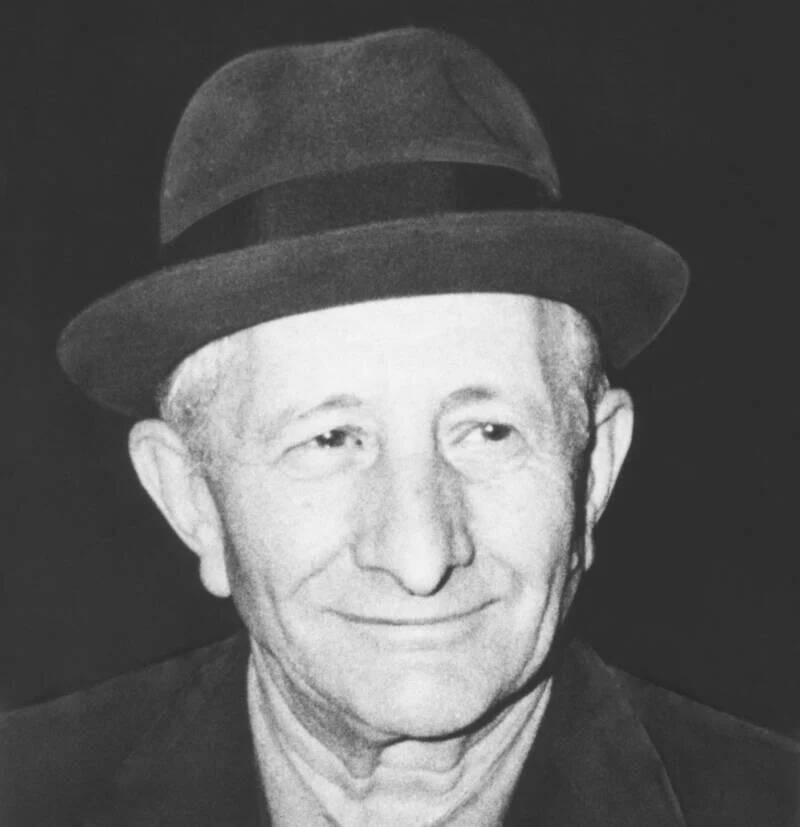
AlamyCarlo Gambino was the namesake of the Gambino crime family — and one of history’s most powerful mob bosses.
If any organized crime group were to embody the core tenets of the mob, the Gambino family would be a sure bet. As one of the “Five Families” of New York City, the Gambino crime family played a critical role in shaping the Big Apple throughout the 20th century, and they’re still active to this day.
The Gambino family has overseen countless racketeering, gambling, loansharking, extortion, prostitution, and money laundering operations — among others — from the East Coast to California, cementing themselves as one of the predominant Mafia families across the entire United States. They’ve also established themselves as the most infamous of New York’s Five Families, largely due to the high-profile killings of many of their bosses.
However, it took some time for the Gambino family to rise to the height of their power. It wasn’t until the murder of boss Albert Anastasia in 1957 that Carlo Gambino ascended to the head of his family, gave the group its famous name, and tightened his grip on the criminal underworld. The succession of power then moved on to Paul Castellano, and later, John Gotti.
This is the blood-soaked history of the Gambino crime family.
The Origins Of The Gambino Crime Family Before The Castellammarese War
While the main base of operations for the Gambino family would ultimately be in the New York City criminal underworld, their origins can be traced across the sea, to Palermo, Sicily. It was here where Ignazio Lupo, a.k.a. “Lupo the Wolf,” killed a business rival by the name of Salvatore Morello, forcing him to go into hiding and leading him to New York.
He set up shop in Manhattan and began using extortion tactics to prey on the other immigrants around him. Lupo mostly kept his “business ventures” constrained to Little Italy until 1902, when Giuseppe “The Clutch Hand” Morello — no relation to Salvatore — came into the possession of a saloon on Prince Street, near where Lupo had established his own saloon.
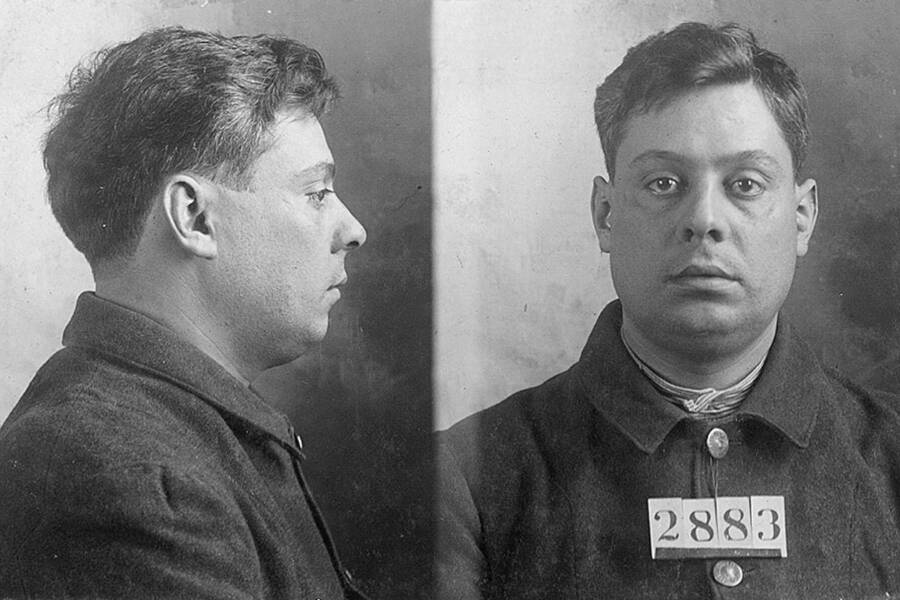
Public DomainIgnazio Lupo helped establish the Morello family, one of the first crime families in New York.
Morello and his brothers had been mobsters back in Sicily, and like Lupo, they continued their operations in New York. But surprisingly, Lupo and the Morellos had no quarrel — in fact, they merged their factions when Lupo married Morello’s half-sister, eventually establishing the Morello crime family.
If Lupo’s ambitions seemed tempered before the Morello crime family emerged, then the sudden growth of his influence eliminated any hesitancy he might have otherwise had. He became a ruthless, fearsome leader of his crew, demanding complete and total obedience from them, even going so far as to kill one of his own relatives who he believed to be traitorous.
Before long, Lupo had racked up an extensive list of crimes, including murder, but he went largely untouched by the law until 1910, when he was arrested for running a large-scale counterfeiting ring. Giuseppe Morello was likewise incarcerated for the operation, with Lupo landing a sentence of 30 years in prison and Morello getting a sentence of 25 years.
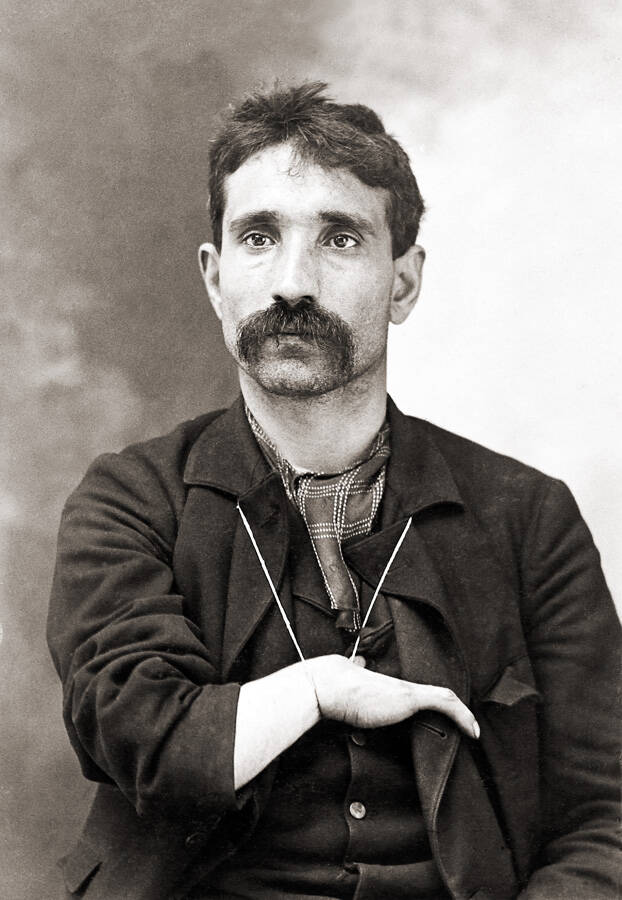
Public DomainGiuseppe “The Clutch Hand” Morello, the founder of the Morello family. His atypical hand was the result of a birth defect.
Both men would be released by the early 1920s on parole, but in their absence, control of the family had passed to Giuseppe’s half-brother Nicholas Morello. At the same time, other men in the group saw an opportunity to establish their own gangs, using the sudden shakeup of the Morello family to their advantage. For instance, Salvatore “Toto” D’Aquila broke away from the Morellos, eager to establish his own crime family. Elsewhere, rival factions were gaining power, each vying for more control.
Then, in 1916, another loss befell the Morello gang: Nicholas Morello was assassinated. His murder had been organized by the Brooklyn Camorra group. In the meantime, D’Aquila stepped up his rivalry against the Morellos by attracting any defectors from that group. He also absorbed other groups, such as Alfred Mineo’s gang, and it soon became clear that D’Aquila was on a mission to become the most powerful mobster in New York City.
But Joe Masseria sought to put an end to that.
The Assassination Of Salvatore D’Aquila
Salvatore D’Aquila may have become a powerful figure in organized crime, but he wasn’t completely untouchable. Another gangster by the name of Giuseppe “Joe” Masseria had also been amassing power. Like D’Aquila, Masseria had been a Morello captain who branched off and established his own crime family. But as Masseria’s own influence grew, it brought him closer and closer to a conflict with the D’Aquila family.
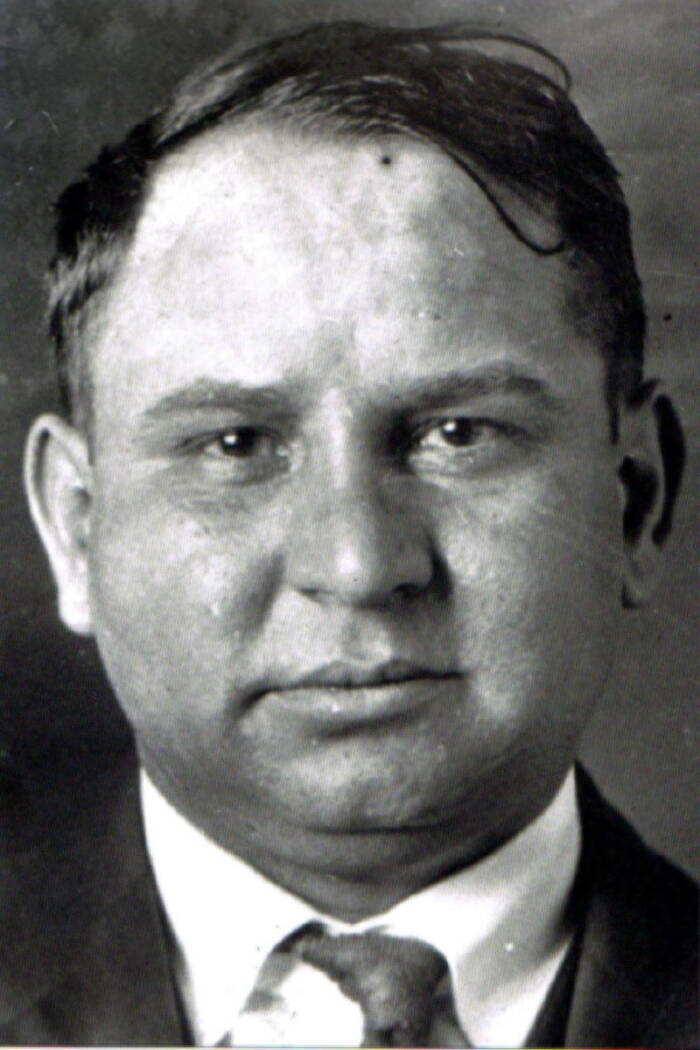
Public DomainGiuseppe “Joe the Boss” Masseria, the rival of Salvatore D’Aquila.
By the 1920s, Masseria and D’Aquila were essentially at war. In 1922, Masseria was greeted by two gunmen waiting for him outside of his apartment. Fortunately for Masseria, he was able to escape at the last moment. From then on, he began to gain a new respect among gangsters since he had avoided being killed by men who were shooting at such close range. And while D’Aquila remained powerful, his reputation was beginning to wane.
Still, Masseria and Morello remained determined to take him down. And in 1928, D’Aquila was ambushed by a group of men and killed while on his way to a doctor’s appointment. Though the exact details about the execution remain murky, it’s believed that the murder was set up by D’Aquila’s own underboss Alfred Mineo — who might’ve been given an ultimatum to either set him up to be murdered or be murdered alongside him.
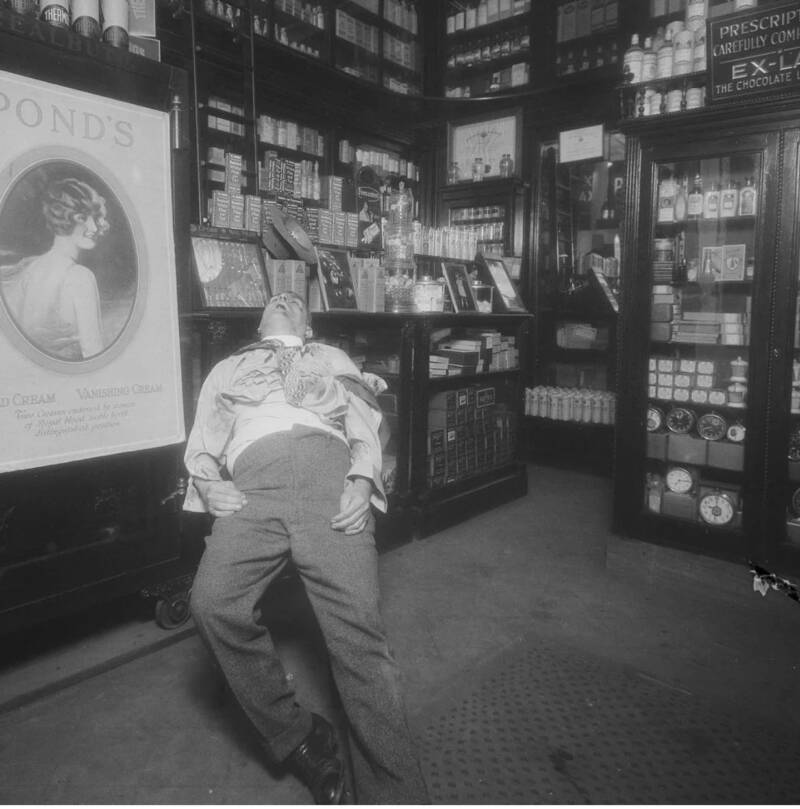
New York Municipal ArchivesAfter Salvatore D’Aquila’s murder, his body was dragged to a nearby drug store.
Control over D’Aquila’s family immediately passed to Mineo, who had, perhaps not by coincidence, just aligned himself with Masseria. Mineo wouldn’t remain in control of the family for very long, though, as he would soon find himself a victim of the Castellammarese War.
How The Castellammarese War Helped Recreate The New York Mafia
On paper, the Castellammarese War feels more like something out of a Shakespeare play than anything else. It was, essentially, a conflict between two organized crime groups that left numerous mobsters dead and established a new status quo in New York’s criminal underworld.
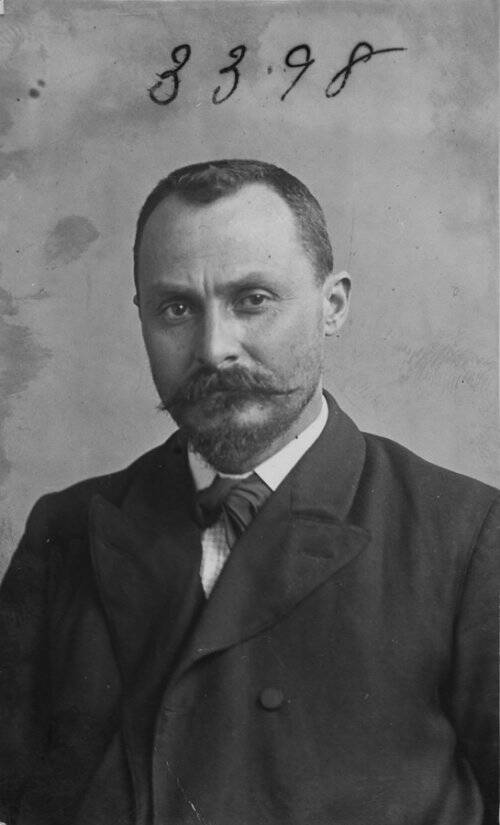
Public DomainVito Cascio Ferro, a Sicilian mobster who helped kickstart the Castellammarese War.
It all started because the powerful Sicilian Don Vito Cascio Ferro decided that he wanted to take control of the mob’s operations in New York. Ferro hoped that one of his men, Salvatore Maranzano, who hailed from Castellammare del Golfo (hence “Castellammarese War”), would be able to form a monopoly on organized crime in the city. Among Maranzano’s allies were Joe Bonanno, Joe Profaci, Stefano Magaddino, and Joe Aiello.
On the other side of the war were Joe Masseria and his allies, which included Charles “Lucky” Luciano, Albert Anastasia, Vito Genovese, Alfred Mineo, and Frank Costello, among other organized crime figures.
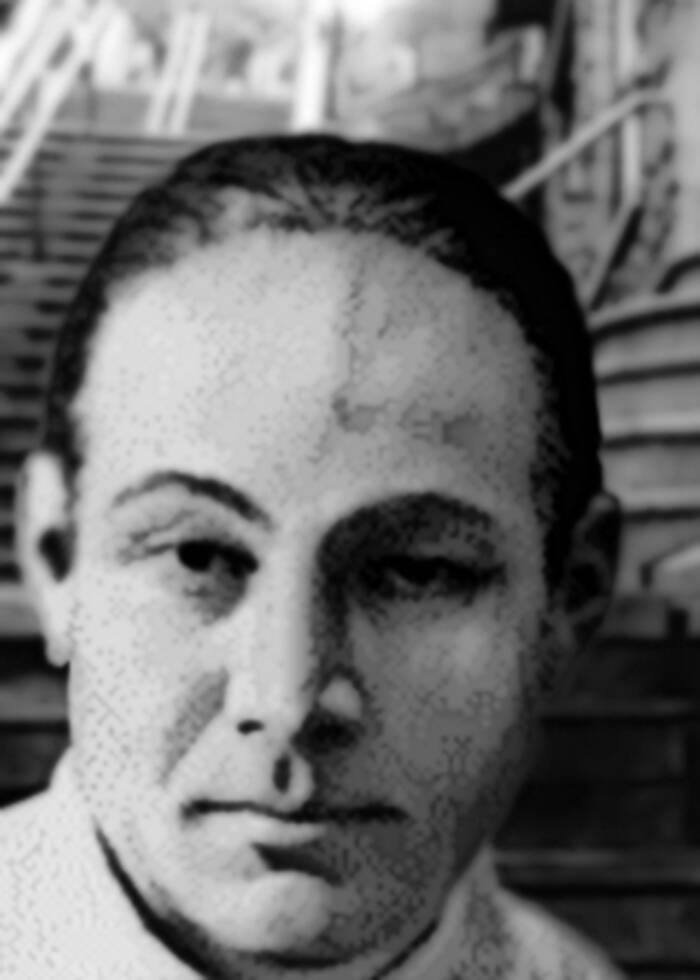
Public DomainA facial reconstruction of Salvatore Maranzano, based on pictures of his corpse.
But there were two other factions involved in the Castellammarese War — the “Mustache Petes” and the “Young Turks.” These factions weren’t in open conflict, or even aligned with any one side. Rather, they were factions with different ideals. The “Mustache Petes” were the older mobsters, the guys who resisted change and were unwilling to work with non-Italians.
The Young Turks, on the other hand, were more removed from their Italian roots. They were younger, they grew up in America, and they were more open to the idea of a “melting pot,” even in the mob. And one leader of this new generation of mobsters was none other than Lucky Luciano.
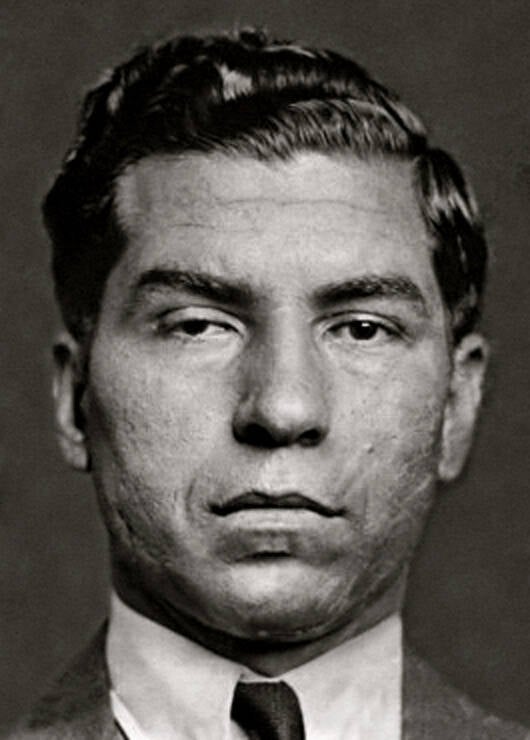
Public DomainCharles “Lucky” Luciano helped revolutionize the New York Mafia.
As the Masseria and Maranzano factions were at odds, Luciano was working behind the scenes to usher the mob into a more modern era. Nothing could provide Luciano a better opportunity than the Castellammarese War.
Masseria suffered a major blow to his operations in November 1930, when an attempted hit on him left two of his biggest supporters, Steve Ferrigno and Alfred Mineo, dead. After that, Francesco Scalice took over Mineo’s gang — and then flipped sides, allying himself with Maranzano.
Realizing how the tide had shifted, Luciano secretly contacted Maranzano, striking a deal with him to betray Masseria as long as Maranzano agreed to stop the fighting. Then, on April 15, 1931, Joe Masseria’s life came to an end.
According to The New York Times, Luciano met with Masseria at a Coney Island restaurant for a game of cards, during which he allegedly excused himself to go to the restroom. As soon as he was out of the way, a group of gunmen opened fire on Masseria — a group reportedly comprised of Albert Anastasia, Vito Genovese, Joe Adonis, and Benjamin “Bugsy” Siegel.

Bettmann/Getty ImagesThe scene of Joe Masseria’s murder.
With that, the Castellammarese War supposedly came to an end — but the peace didn’t last for long. Although Luciano had betrayed Masseria for Maranzano, he didn’t agree with the way Maranzano wanted to run things (and vice versa). On September 10, 1931, Maranzano was found murdered in his Manhattan office, with stab and bullet wounds.
The Young Turks were now in full control.
The Five Families And The Mangano Era
In the wake of the Castellammarese War, Lucky Luciano emerged as one of New York’s most powerful mobsters. But to avoid history repeating itself, he established The Commission, a group that would replace the “boss of all bosses” style of decision-making that Luciano’s predecessors had employed. The Commission’s goal was to mediate disputes between factions and prevent all-out war from breaking out again amongst mobsters.
By that point, Maranzano had already reorganized the Mafia’s power structure, creating what would be known as the “Five Families.” These families are now known as Bonanno, Colombo, Gambino, Genovese, and Lucchese (but the Bonanno family is the only one that has always maintained the same name). Luciano continued this newly created structure.
The Gambino crime family was first called the Mangano family, since Vincent Mangano was originally put in charge of that group. Luciano thought he’d be a good fit because he had a favorable mix of the forward-thinking ideals of the Young Turks and the Old World traditions of “honor” and “respect.”
But Mangano’s reign was ultimately overshadowed by the activities of his fearsome underboss, Albert Anastasia, who would make his claim to infamy with Murder, Inc. in his role as “Lord High Executioner.”
While Mangano pivoted the family’s main operations to extortion, union racketeering, and illegal gambling operations, Anastasia was racking up murder after murder. And they ultimately seized control of the Manhattan and Brooklyn waterfronts through a series of lucrative connections.

Wikimedia CommonsAlbert Anastasia, the “Lord High Executioner” of Murder, Inc.
Meanwhile, another Young Turk, Carlo Gambino, was working his way up through the ranks. Not only was he a top earner, but he also wisely kept a low profile. Other than an arrest for tax evasion in 1937, Gambino stayed out of trouble, and this would prove to be beneficial for him later on.
For a time, it seemed as if the old days of mob warfare had ended, but after World War II, things became tense in the Mangano family. Mangano and Anastasia were constantly at each other’s throats — and Anastasia’s close relationships with Luciano and Frank Costello made Mangano wary.

Wikimedia CommonsCarlo Gambino, the powerful mobster who became the namesake of the Gambino crime family.
Then, in April 1951, Mangano’s brother Philip was found dead. And Vincent Mangano disappeared without a trace, widely presumed to be dead.
When The Commission pointed fingers at Anastasia, he refused to admit to killing Mangano and his brother, though he did say that Mangano put out a contract on his head before he vanished. Frank Costello, meanwhile, saw a valuable ally in Anastasia and supported his ascension to boss. Other mobsters, looking to avoid another gang war, also offered support, and Anastasia became the head of the newly-renamed Anastasia crime family.
How Albert Anastasia’s Violent, Paranoid Nature Became His Undoing
Costello’s bet on Anastasia worked out for him, at least. Vito Genovese had been scheming for years to take Costello down, but he knew that he wouldn’t be able to do so without going through Anastasia first.
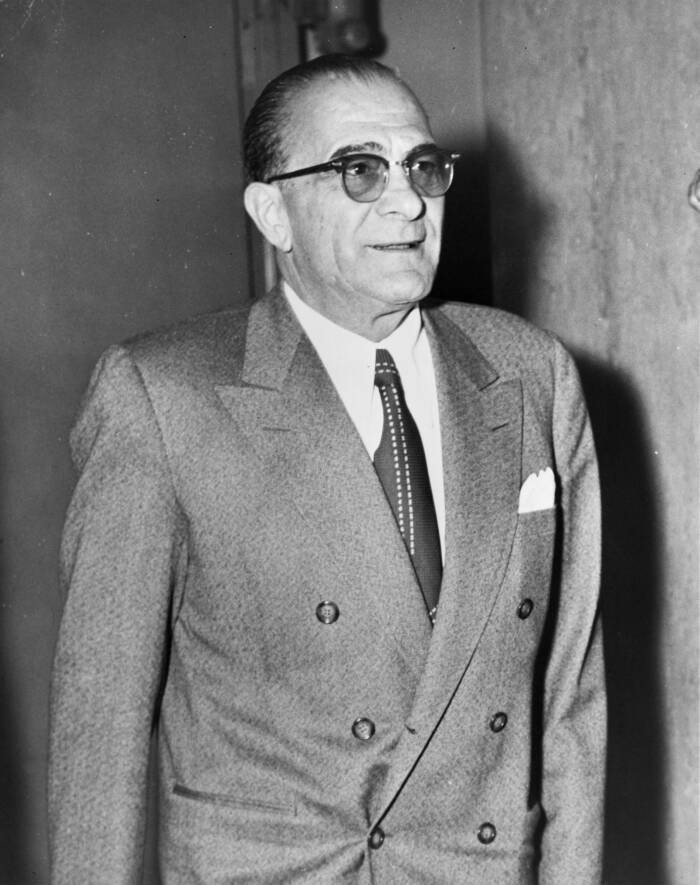
Public DomainVito Genovese in the late 1950s.
However, it wouldn’t take long for Anastasia’s penchant for violence to cause trouble for him. In 1952, Anastasia broke one of the mob’s unspoken rules: He allegedly ordered the murder of a person who wasn’t involved with organized crime. The man was Arnold Schuster, and he had aided the police in capturing a bank robber. Schuster’s cooperation with the authorities angered Anastasia, and purportedly earned him his death sentence.
But killing a civilian could bring unwanted attention to the Five Families. Anastasia had proven that he was a problem, and Vito Genovese and Meyer Lansky seized the opportunity. Genovese contacted Carlo Gambino, offering him a chance to become the boss of his family in exchange for helping them to take down Anastasia and Costello. Gambino agreed to help, but it would take some time before they could make their move.
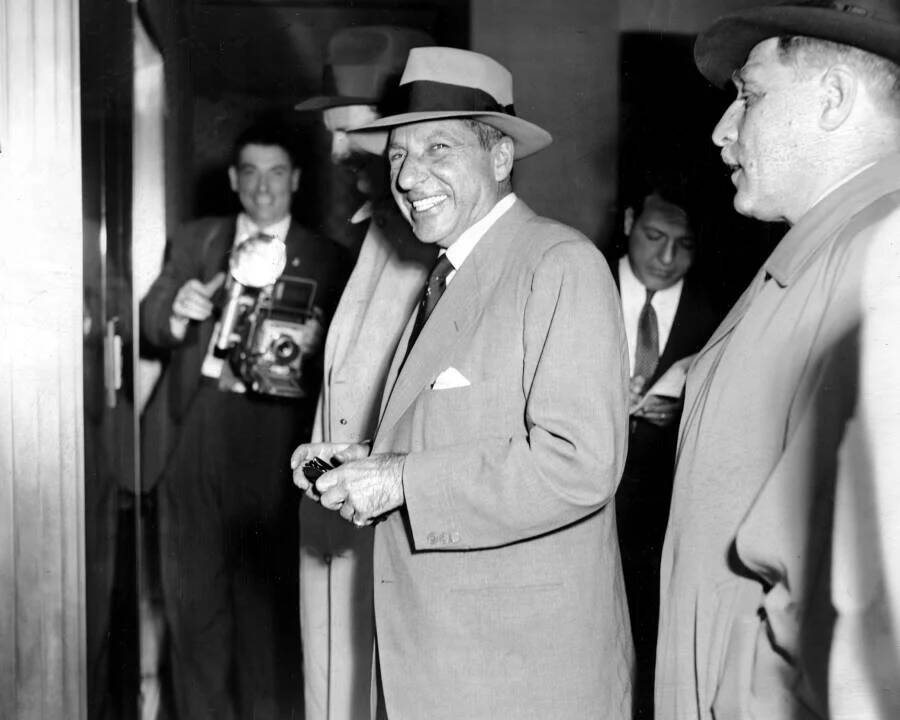
NY Daily News Archive via Getty ImagesFrank Costello beaming as he is released from Rikers Island in 1957.
The Costello problem took care of itself in 1957, after he managed to survive an attempted hit on him organized by Genovese and carried out by Vincent “The Chin” Gigante. Valuing his life over his position as boss, Costello resigned from his role, ceding control of the Luciano family to Vito Genovese.
With Costello out of the way, Gambino and Genovese felt it was time to take care of Anastasia, too. On October 25, 1957, while Anastasia was in the barber shop of the Park Sheraton Hotel in Manhattan, two masked gunmen burst into the room and shot Anastasia dead in broad daylight.

George Silk/The LIFE Picture Collection/Getty ImagesAlbert Anastasia’s corpse at the Park Sheraton Hotel.
With Anastasia out of the picture, Carlo Gambino was now in control of his organized crime group, and the Gambino family was officially born.
How Carlo Gambino Became One Of The Most Powerful Mob Bosses In American History
Like he had always done before, Carlo Gambino worked hard and stayed out of the public eye. As a result, Gambino spent no time in prison as a Mafia boss (and his only prison sentence before he rose to the top had been 22 months for tax evasion), despite being under constant surveillance by federal agents. Ultimately, they were never able to pin anything on him.
His family’s operations expanded, and when his son married Tommy Lucchese’s daughter, the alliance formed between the two families solidified Gambino’s essential position as the boss of all bosses.
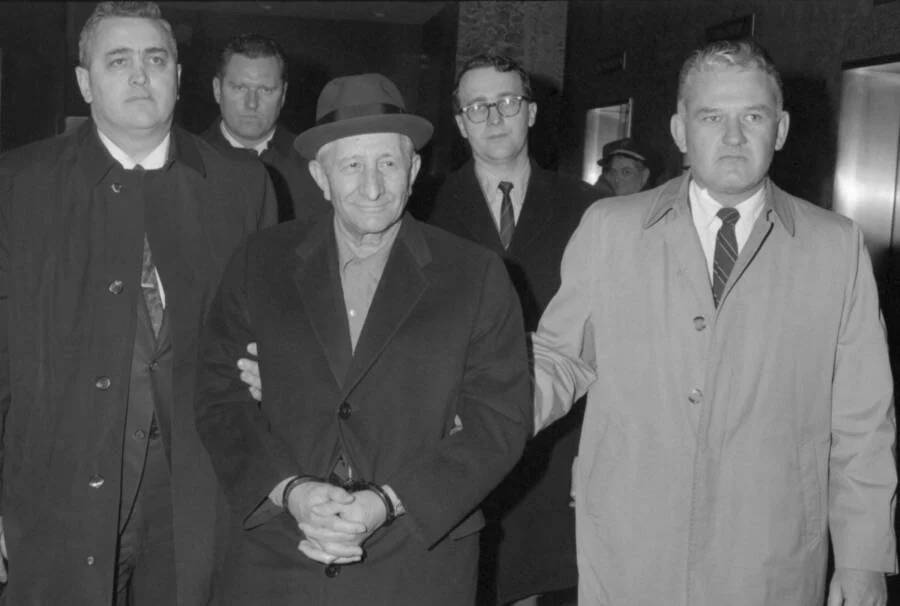
Bettmann/Getty Images Carlo Gambino after an arrest for arranging a robbery in 1970, which the FBI could never prove he was involved with.
Of course, other rival mobsters attempted to take Gambino down, but they were all unsuccessful for one reason or another.
In 1964, for example, Joseph Bonanno and Joseph Magliocco — the heads of the Bonanno and Profaci families — conspired to have Gambino killed. They tasked Joseph Colombo with the murder, only for Colombo to betray them and alert Gambino to the plot. It was a smart move on Colombo’s part, as The Commission then forced Magliocco to resign and gave control of the Profaci family to Colombo. Bonanno, meanwhile, fled New York.
Over the course of the next decade, Gambino’s luck would continue. His enemies, when he made them, always seemed to disappear, and Gambino lived well into his elder years. However, a history of heart disease and his advancing age ultimately proved that no one can escape death forever.
Carlo Gambino died of a heart attack at age 74 on October 15, 1976, having already appointed his successor: Paul Castellano.
What Happened To The Gambino Crime Family After Carlo Gambino’s Death?
Paul Castellano’s succession proved to be a point of contention for many within the Gambino crime family. Castellano focused primarily on “white-collar crimes,” which Gambino thought would benefit the family. But the decision left Gambino’s underboss, Aniello Dellacroce, feeling slighted — and Dellacroce had his own supporters who wanted to do something different.
To keep people in line, Castellano initially relied on Roy DeMeo and his crew, but the threat of death did little to win people over to Castellano’s side.
It didn’t help that Castellano was something of a recluse who viewed himself as better than everyone else in the Gambino family. He lived in a 17-room mansion on Staten Island, where he would only meet with the top brass, regularly insult his men, and lounge for hours in a silk robe and slippers. Naturally, his attitude and lifestyle rubbed some people the wrong way.
But perhaps no one in the Gambino crime family had more disdain for Castellano than Dellacroce’s protégé, John Gotti.
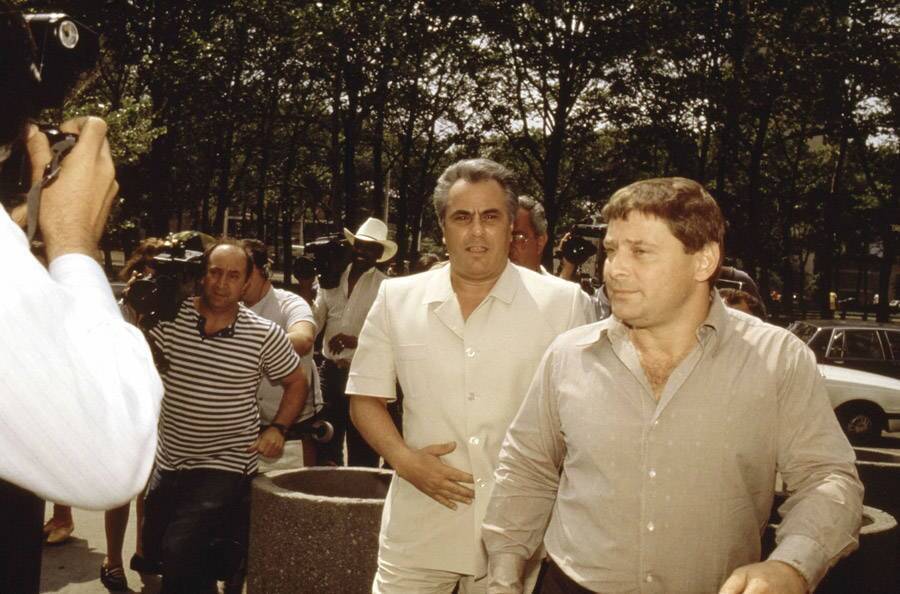
Yvonne Hemsey/Liaison via Getty ImagesJohn Gotti (center), the mobster who orchestrated Paul Castellano’s death and succeeded him.
Since Gotti knew full well he wasn’t alone in his hatred of Castellano, he began to gather support from some mid-level players in the Lucchese, Colombo, and Bonanno families, and started plotting to take Castellano out. It certainly helped his case that he was seen as a “made man’s man,” unlike Castellano. Gotti ultimately ordered Gambino soldiers to gun down Castellano outside of Sparks Steak House in Manhattan on December 16, 1985 — and many members of the family were happy to hear the news.
A month later, Gotti was confirmed as the new head of the Gambino family.
Gotti would go on to become one of the most infamous mobsters of all time, being nicknamed both the “Dapper Don” and the “Teflon Don.” The first nickname was because of his expensive suits and charisma, and the second was due to his ability to evade convictions, despite several high-profile trials. Like the famous nonstick coating, no charges seemed to stick to Gotti.
But Gotti’s luck ran out in the early 1990s. The FBI, frustrated by their inability to convict him, stepped up their efforts. They managed to bug buildings where Gotti frequently held meetings, gathering substantial evidence of his criminal activities. The turning point came when Gotti’s underboss, Salvatore “Sammy the Bull” Gravano, decided to cooperate with the authorities. Gravano’s testimony was crucial, revealing the inner workings of the Gambino crime family and Gotti’s direct involvement in numerous crimes.
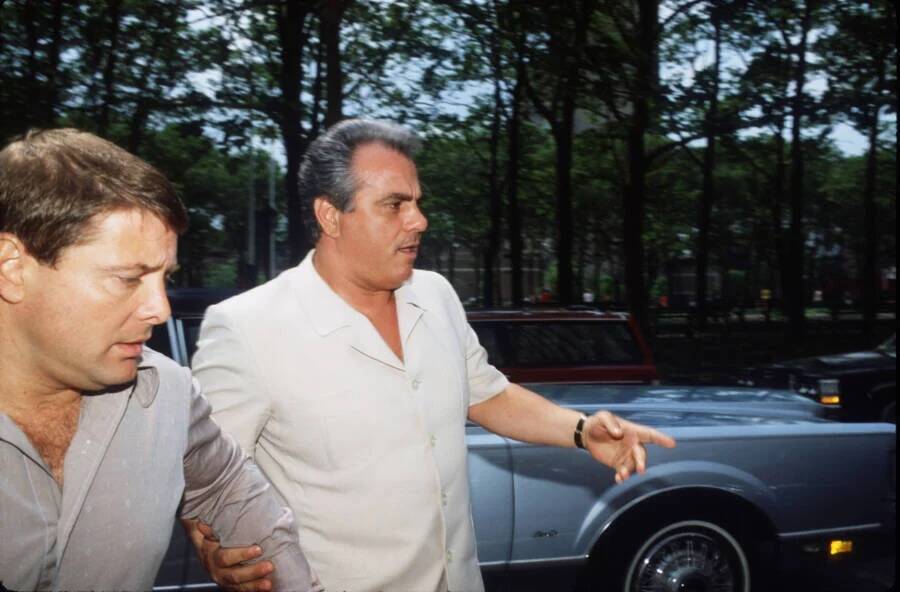
Yvonne Hemsey/Getty ImagesJohn Gotti with Salvatore “Sammy the Bull” Gravano, before Gravano testified against him.
In 1992, Gotti was convicted of multiple charges, including murder, racketeering, and obstruction of justice. He was sentenced to life in prison without the possibility of parole for his crimes. About 10 years later, in 2002, John Gotti died of throat cancer while still behind bars.
Incredibly, Gravano was never killed for betraying Gotti and other mobsters. In fact, he later boasted that he wasn’t afraid at all of being targeted: “They send a hit team down, I’ll kill them. They better not miss, because even if they get me, there will still be a lot of body bags going back to New York.”
Meanwhile, the Gambino family struggled to replace Gotti. For a time, his son, John “Junior” Gotti, took over, but his own legal troubles landed him in prison in 1999. After that, his uncle, Peter Gotti, took over as the acting boss, only to find himself convicted of racketeering charges in 2003.
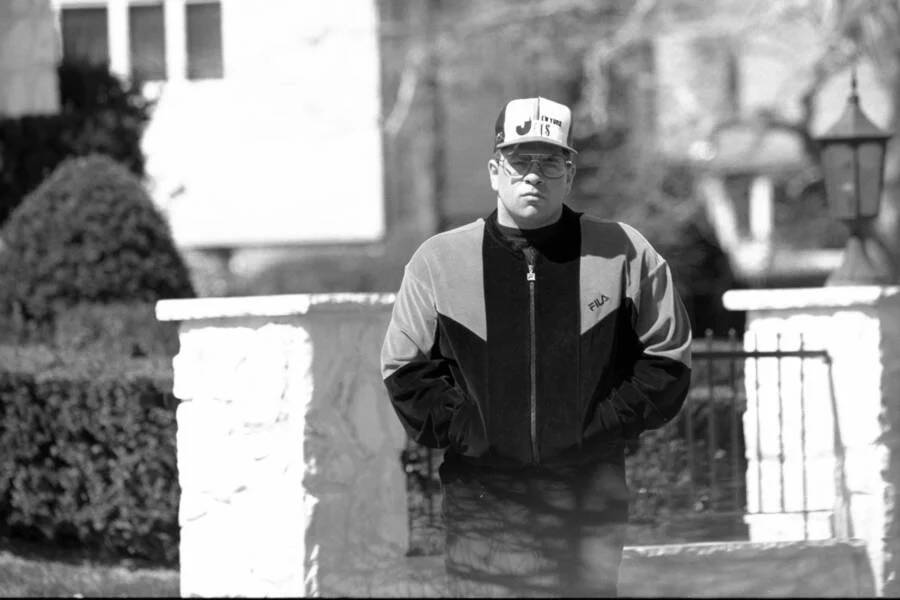
Susan Watts/NY Daily News Archive via Getty ImagesJohn “Junior” Gotti, the son of John Gotti.
Following Peter Gotti’s conviction, Arnold “Zeke” Squitieri became the acting boss of the Gambino family. Squitieri had a history with the family and was involved in various illegal activities. However, his time as acting boss was short-lived, too; he was arrested in 2005 on charges of racketeering.
Things in the Gambino family continued to be rocky for a time after that, with control flowing from Arnold Squitieri to various other mobsters. Eventually, power purportedly transferred to Frank Cali, who, NBC News reported, was gunned down outside his home in a quiet residential neighborhood on Staten Island in 2019. Surprisingly enough, though, the killing wasn’t mob-related. As it turned out, Cali was killed by a QAnon conspiracy theorist who allegedly believed he was a “deep state” figure.
Despite the decades of bloodshed, the Gambino crime family continues to operate to this day. However, its influence has been significantly diminished in recent years. The current leadership is also less clear than it’s ever been — perhaps due to the family’s ongoing efforts to maintain secrecy and avoid the attention that led to the downfall of so many other leaders.
After reading about the history of the Gambino crime family, check out colorized photos from the early days of organized crime in America. Then, see chilling photographs of some of history’s most infamous mob hits.





